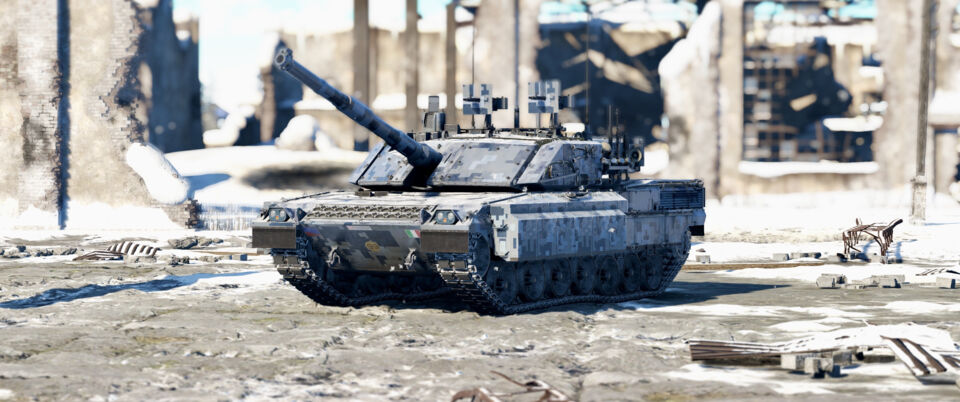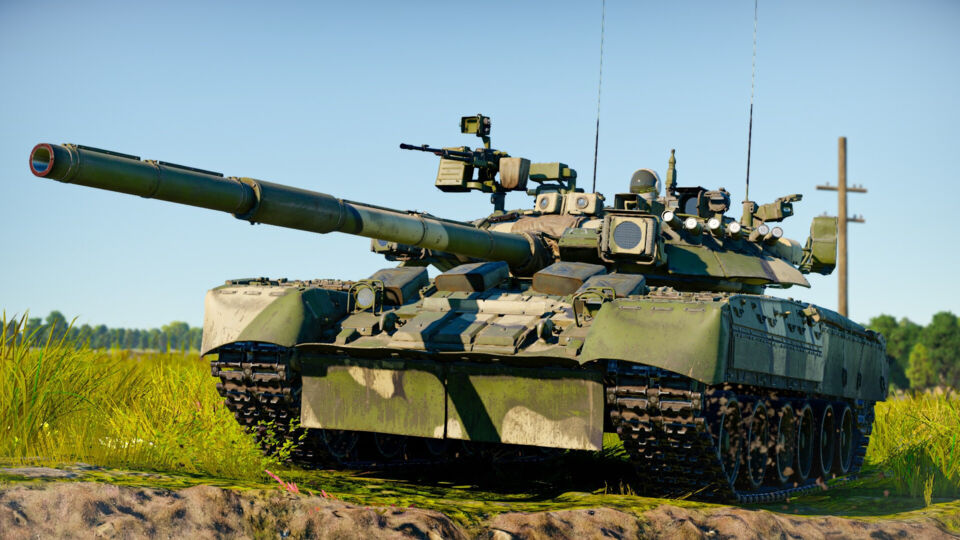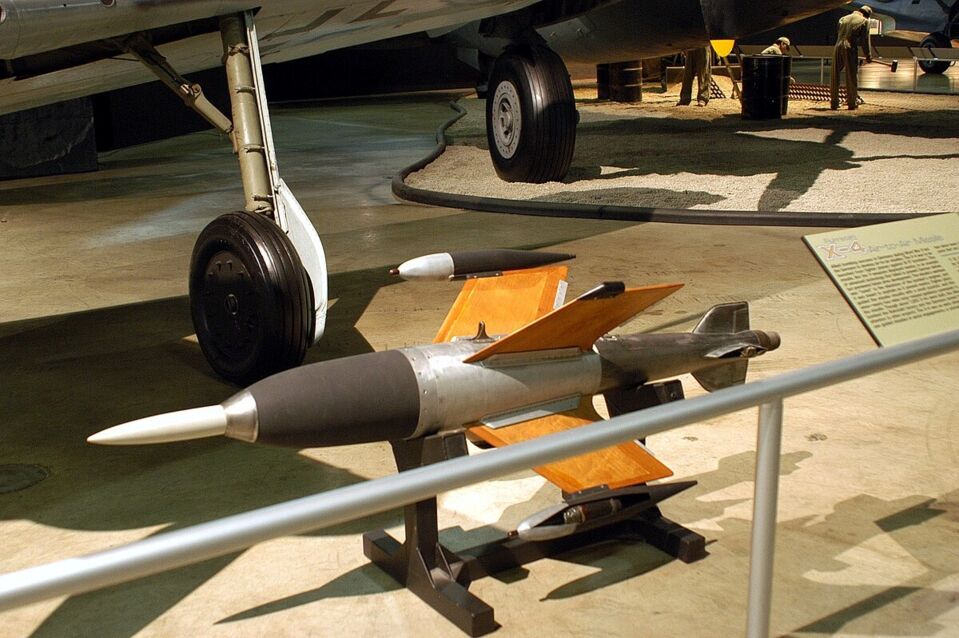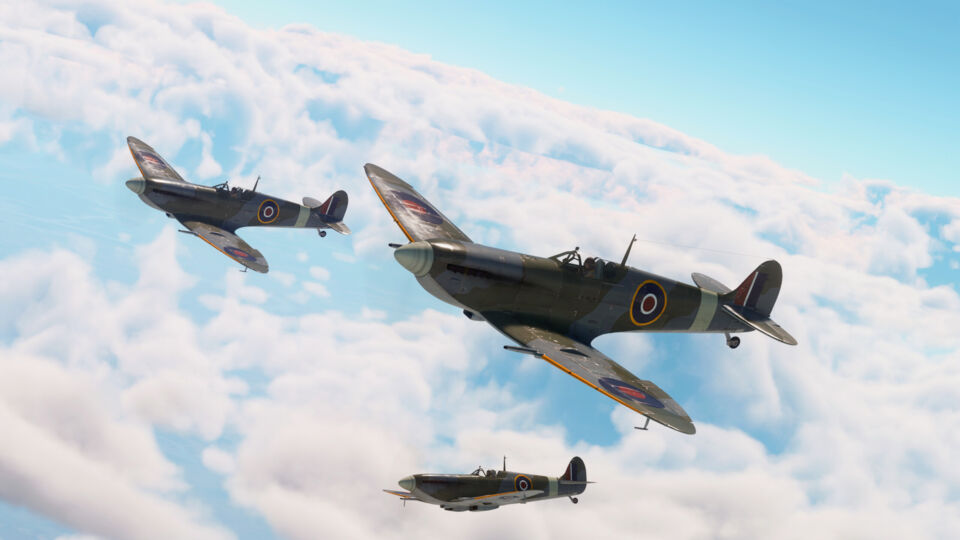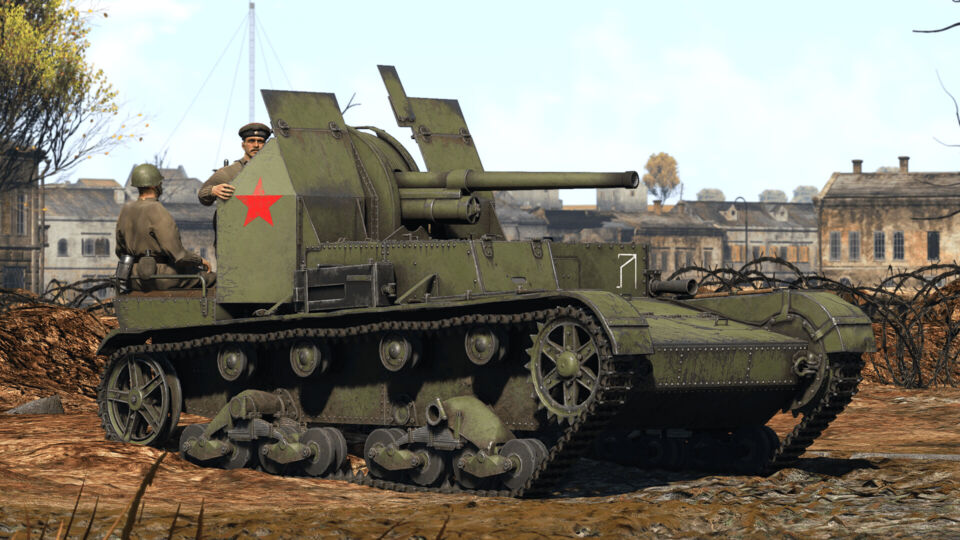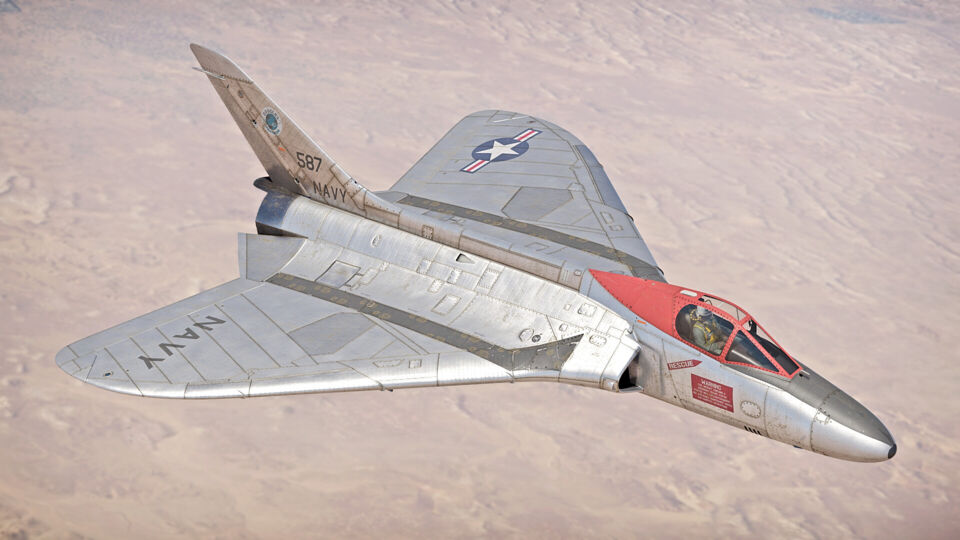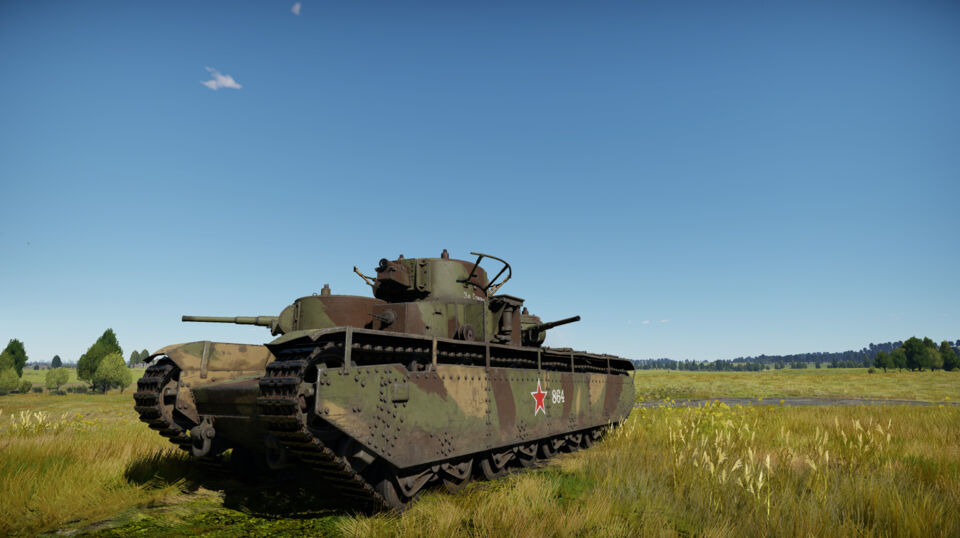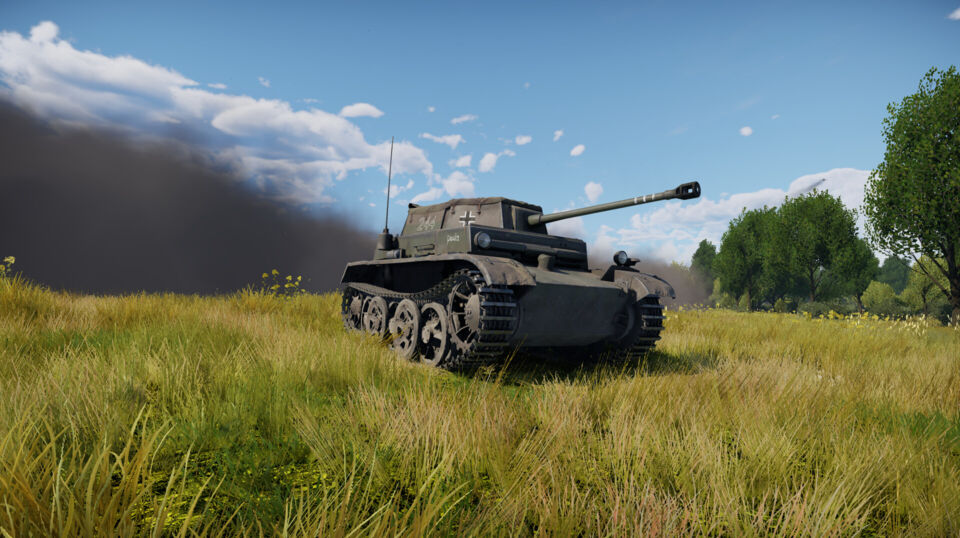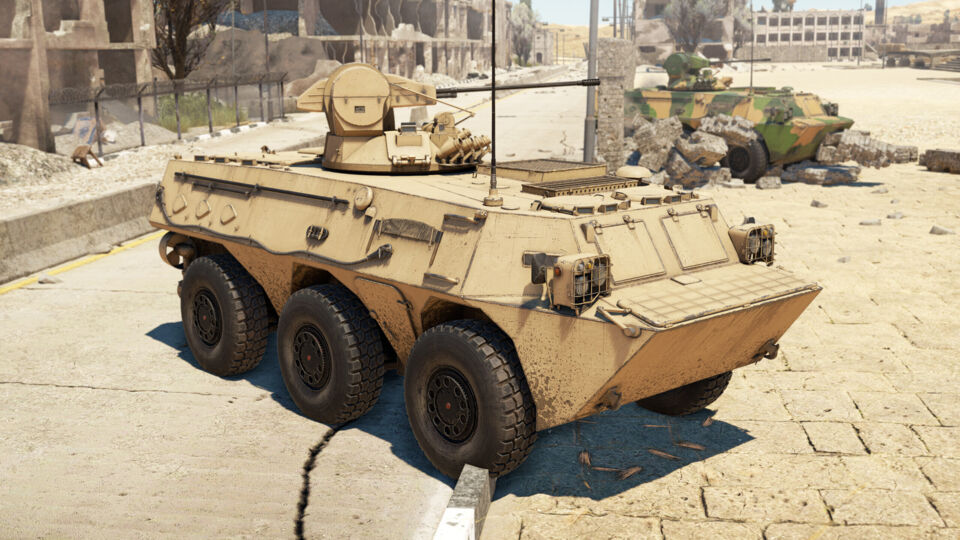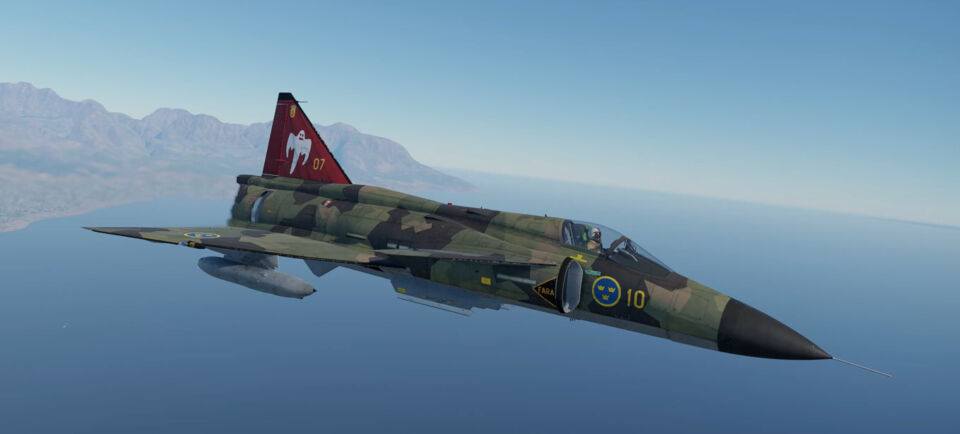#gameplay
The Ariete PSO is a lesser-known variant of the Italian C1 Ariete MBT modified for peace support operations. Rather than being fitted with the standard WAR armor package, the Ariete PSO is equipped with specialized composite armor designed to increase survivability against RPG attacks in low-intensity combat environments. Like the standard Ariete and the more modern Ariete AMV, the Ariete PSO lacks any meaningful protection against kinetic rounds and is extremely unforgiving to use when compared to other MBTs like the Leopard 2A7V. However, players who can work around the Ariete’s various weaknesses will be able to utilize the full potential of the Ariete’s excellent offensive armament, making it a formidable opponent when in the hands of a skilled tanker.
The T-80UK is a modified command and control variant of the T-80, equipped with multiple systems not present on some other T-80s, such as Shtora-1 soft kill APS, and a laser warning system. This, like many other T-80s, makes the T-80UK a dangerous opponent; however, it has a few fatal flaws that render it ineffective in certain situations. Being a squadron vehicle it means you have to research it and stock grind it. So, how is it played, and what modifications should be prioritised?
The Ruhrstahl X-4 missile was a World War 2, German-designed air-to-air missile, the first air-to-air missile of its kind to be produced. It is the earliest air-to-air missile that is available in War Thunder, and is available on the tech tree Fw 190 F-8. Let us dive into the interesting history of the missile, and later talk about how to use this unique missile!
The Supermarine Spitfire is one of the most famous propeller aircraft ever made, and easily one of the best of its time. Initially a high performance, short range interceptor, the Spitfire could be found fighting in every theatre of the World War II. In War Thunder, its high speeds, unparalleled maneuverability, and heavy armament make it a pleasure to fly and a force to be reckoned with. In this article, I will be talking about the two main types of Spitfires, their strengths and weaknesses, as well as tactics, how to fight common enemies, and how to use this plane in battles.
The F4D-1 is the only carrier-capable delta-winged fighter which was employed by the US Navy. The plane itself represents the era of early jet aviation when designers experimented with unusual solutions. In the game, the F4D-1 Skyray differs significantly from other jet fighters and aircraft with similar wings. Like the latter, it can turn sharply toward the enemy, and it carries good weapons. However, its low maximum speed is disappointing, and like other delta wings, it quickly loses energy. So, how do you play it?
A ten-meter long behemoth with five turrets and three cannons. A fever dream? Possibly. But also the Soviet T-35 heavy tank. While awe-inspiring for both enemies and allies alike, the thin armor and slow speed of this monster make its playstyle somewhat trickier than just holding W and occasionally clicking your left mouse button. This article thus seeks to provide some clarity on all aspects of this heavy tank, to make it easier to grasp for its new owners.
As a fast, nimble yet fragile tank armed with a deadly cannon, the Pz.Sfl.Ic (likely known to veterans under its previous name, the Pz. II H) may prove challenging to master for those used to the more traditional, simpler playstyle of most other tanks at its Battle Rating. Nonetheless, should one put in the effort, they will find this little vehicle to be a true beast, capable of dominating the battlefield and knocking out most targets with a single hit.
The Chinese WZ551 chassis serves as the workhorse of the PLA. Numerous variants have been developed on its platform, including ATGM carriers, several tank destroyers, a self-propelled artillery piece, and many other vehicles. One such derivative is the ZSL92 infantry fighting vehicle, introduced in a recent War Thunder update. But how does one master this steed from the Celestial Empire? For a detailed analysis, continue reading the article.
The Swedish AJ37 Viggen is a strike aircraft boasting a deadly armament of missiles and guns, combined with an extremely powerful engine. In the hands of a good pilot, it can cause chaos on the ground forces below. It is a huge upgrade from the previous strike aircraft in the Swedish tech tree, the A32A Lansen, with much better capabilities including its weaponry, radar, RWR, and more.
